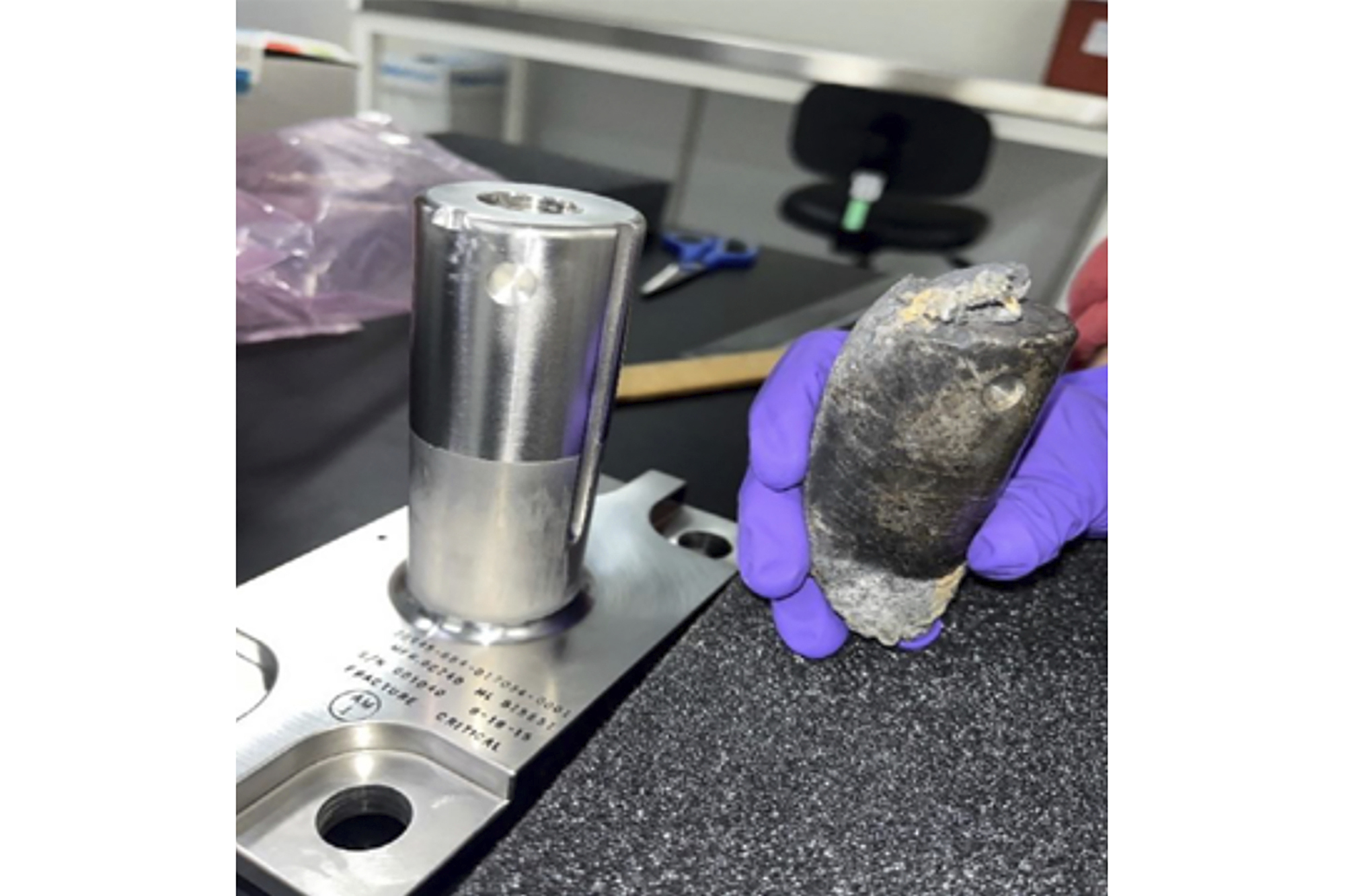Seals and sea lions in California are turning up sick or injured at a record pace this year.
Sausalito’s Marine Mammal Center has more animals in its care right now than ever before in its 39-year history.
There are three factors at play: First of all, this is the time of year when pups get stranded or separated from their mothers for an unknown reason. Alsoast year's sea lion epidemic sent malnourished, sick pups onto California shores at record levels.On top of that, a Monterey Bay algae bloom is making a lot of animals sick. Experts say it’s creating the worst kind of perfect storm.
A sea lion pup nicknamed "Hoppie" is on the mend now, but he was near death when the little guy was rescued, not at the beach, but 100 miles inland in an almond orchard along the San Joaquin River.
"That's unusual,” the Marine Mammal Center’s Jeff Boehm said. “How he got there we can only speculate, but (he’s) a little guy, trying to find food, not experienced, not mature as he should be."
Unfortunately, Hoppie has a lot of company. The Marine Mammal Center currently has 195 sick or injured sea lions and seals. The Marine Mammal Center in Southern California was caring for more than 200 mammals Thursday, most of them California sea lion pups.
U.S. & World
"It was definitely linked to food availability or the distribution of their normal food source last year," said David Bard, the director of the San Pedro center, of last year's epidemic. "If we see the same sort of thing this year, well, we are certainly hoping it's on a downward trend."
Boehm says the numbers are extraordinary.
"Out of the gates this year, it's a record-setting pace,” he said. “We don't know what May is going to bring us yet. We don’t what June is going to bring us yet. We've had peaks of activity as late as October some years"

"Is it related to human activity along the coastline? Is that what's causing the numbers, or is it something of a natural source?" Bard said.
Experts hope what they were dealing with last year was an anomaly rather than a new normal for California's sea lion pup population.
In January, scientists with the National Oceanic and Atmospheric Administration said the cold water conditions in the Pacific Ocean have caused a crash in the number of sardines, which may be one contributing factor.
Back in Sausalito, Volunteers are working around the clock caring for and feeding the animals.
Some of them eat just a couple of pounds of fish a day, but some of them are eating much more than that.
With all the seals and sea lions being cared for at the Marine Mammal Center right now, they're going through a whole lot of fish: 1,000 pounds a day to keep everyone fed.
"Our volunteer teams are running full tilt,” Boehm said.
The Marine Mammal Center has about 1,100 volunteers. They’re asking for donations so they can buy more fish to feed the animals. They say every $1 donated will bring in about a pound of fish.
Hetty Chang contributed to this report.



